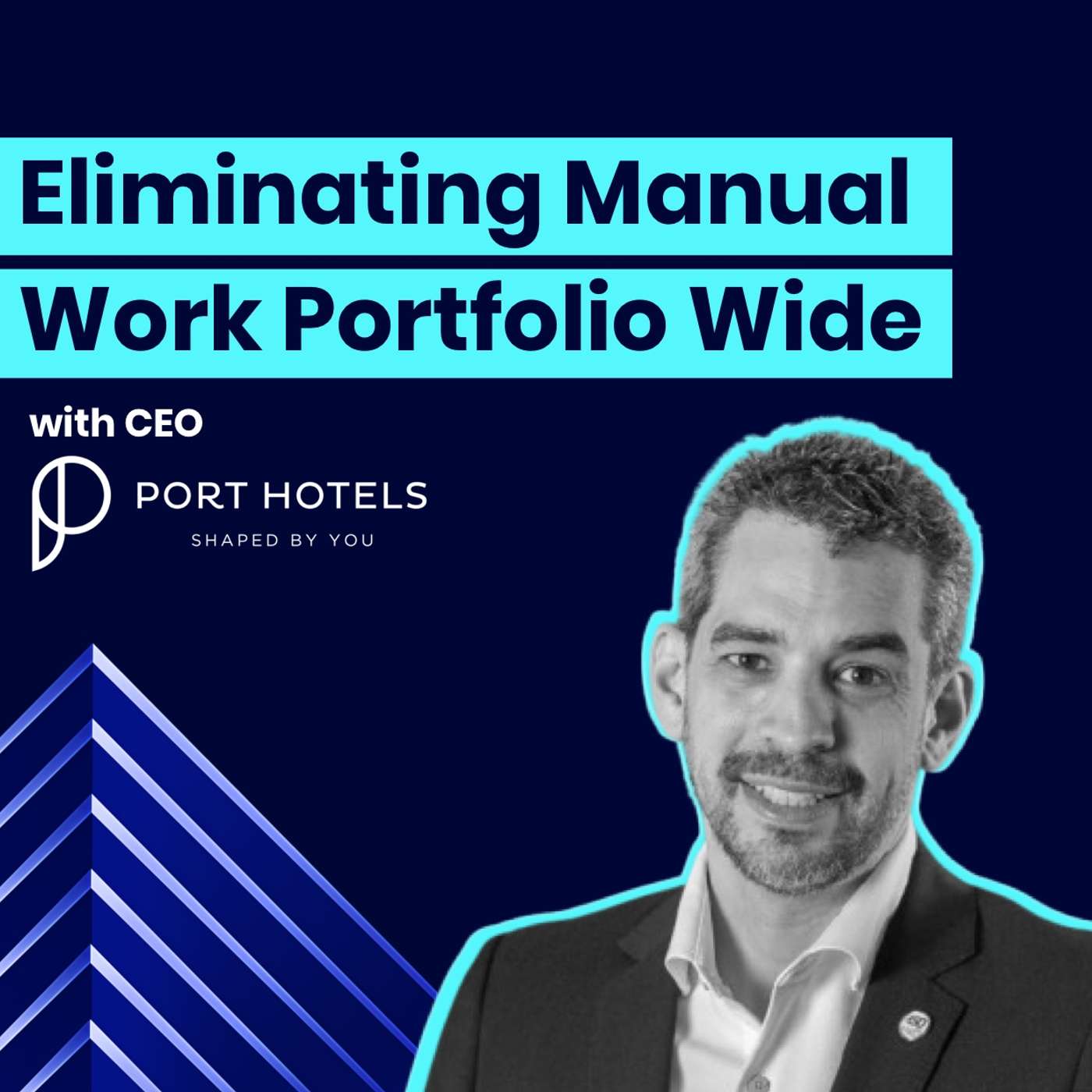Popular in Operations
Popular in Revenue Management
Popular in Marketing
Popular in Guest Experience
Sorry, this functionality is only available for verified hoteliers
The project dashboard is a free tool that is only available to verified hoteliers to make adopting new technology easier by streamlining their research and simplifying their communication workflow.

Join 100,000 executives from top brands like Accor, Marriott, Viceroy, Shangri-La, Rosewood, Expedia and AirBnB and get the latest innovations and insights delivered to your inbox once a week.
IDeaS and Red Sea Global Hospitality Establish Portfolio-Wide Technology Agreement
Adoption of G3 RMS across growing portfolio marks IDeaS’ continued strength in the Gulf region
RoomPriceGenie Announces Free Webinar to Help Hoteliers Forecast with Confidence
Learn how to turn data into revenue-driving decisions with practical forecasting strategies for every type of hotel.
Post-Acquisition Growth in APAC Continues as The Parnell Hotel & Conference Centre Moves to Mews
1/5 of Clarity Hospitality’s customers have already transitioned to Mews since the acquisition at the beginning of this year
Prestige Hotels Streamlines Their Groups and Events Using Event Temple
At Prestige Hotels & Resorts, the story of their meeting and event spaces is one of scale and strategic importance where each event is meticulously tailored to reflect the unique charm of Prestige’s venues.
BEONx Expands Internationally with Support from U.S. Investor Riverside Acceleration Capital
This milestone strengthens the company’s growth trajectory and accelerates its journey toward profitability and international expansion.
Your Step-by-Step Guide to Smarter Hotel Revenue
Stop leaving your revenue to luck. This step-by-step guide breaks down hotel revenue management into clear, actionable moves that boost profit and confidence. Learn how to forecast smarter, price strategically, and win budget season with data-driven decisions. It’s time to stop guessing — and start growing.
HOTEZA Achieves Level II Global Support Certification
HOTEZA Achieves Level II Global Support Certification
Innovating with pride: Mari Jean Hotel’s digital leap with Mews
Mari Jean Hotel is a 54-room, adults-only boutique hotel located in St. Petersburg, Florida. As a proud member of the LGBTQ+ community, the hotel offers a unique blend of historic charm and modern amenities. Known for its exceptional guest service, Mari Jean Hotel boasts impressive guest loyalty, with over 18% of visitors returning and 25% having stayed three or more times.
IMLAUER Hotels & Restaurants unlocks long-term value with Mews
IMLAUER Hotels & Restaurants is a family-owned group running several city hotels in Salzburg and Vienna, plus a 5-star golf and wellness resort in the Austrian countryside. With a total of 1,200 hotel beds, they welcome both business and leisure guests, alongside a strong food and beverage arm with restaurants, bars, catering and event spaces.
Driving growth, delighting guests: Inside Domaine du Gouverneur’s digital transformation with Mews
Nestled in the heart of France’s Dombes region near Lyon, Domaine du Gouverneur isn’t simply a four-star hotel – it’s a destination in its own right. A proud member of Teritoria, it boasts two championship golf courses, 53 rooms and two acclaimed restaurants, drawing a mix of golfers, gourmands, leisure seekers and business guests. And as a popular venue for weddings and corporate events, Domaine’s day-to-day operations are a complex juggling act – to say the least.
Extreme conditions, effortless hospitality: Mews at Arctic SnowHotel & Glass Igloos
Arctic SnowHotel & Glass Igloos is a one-of-a-kind destination in Finnish Lapland — a snow and ice hotel that offers immersive winter-wonderland experiences, from snowshoeing and ice sculpting to Northern Lights viewing. Operating in extreme cold, and seasonally rebuilding structures like the Ice Bar every year, they face unique operational and logistical challenges.
The Boost Society and Mews: shaping the future of co-living
The Boost Society is a leading French investor-owner-operator in the co-living space, running two hospitality brands — Kley (student housing) and Hife (co-living for young professionals) — with a portfolio of 38 properties across France and Spain and €1.2 billion raised for expansion.
JustStay redefines hotel chain management with Mews
JustStay is an innovative, fast-growing hotel chain with 300 rooms across six properties in Germany, leading the way in contactless stays. Guests can enjoy co-working spaces, cozy lounges and free fitness centers - perfect for both short and long-term stays. The team's forward-thinking approach fueled rapid expansion, but they soon encountered some limitations with their previous PMS provider.
Hotel Oderberger empowers its staff with Mews
Nestled in a transformed 1902 bathhouse in Berlin, Hotel Oderberger is redefining boutique hospitality by marrying heritage charm with seamless, modern service, all powered by smart technology
ThinkReservations Announces ThinkGrowth 2025: A virtual conference empowering independent lodging businesses to thrive
Join ThinkReservations this December for ThinkGrowth 2025, a free virtual conference designed to help independent lodging businesses grow smarter and stronger. Discover the latest trends in hospitality technology and gain insights from industry leaders shaping the future of travel.
Hotel Sct Thomas Boosts Revenue 29% with Atomize
Trending Success Stories
Get personalized product recommendations
Product recommendations advisor




